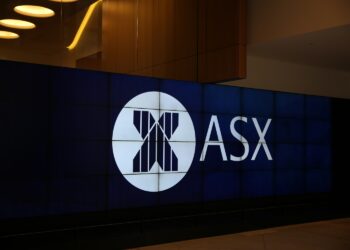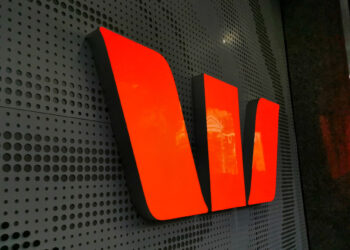The US and Europe trade deal represents a significant step forward in resolving trade conflict, but markets have largely priced in the good news already, says the asset manager.
The recently announced trade agreement between the US and the European Union on tariffs is expected to strengthen the perception that the most intense period of trade conflict has concluded, according to UBS.
Under the agreement, most EU exports to the US will face a 15 per cent levy – half the 30 per cent threatened by the US administration if a deal wasn’t reached before the 1 August deadline.
As part of the agreement, President Donald Trump said the EU has pledged to purchase US energy worth $750 billion and to invest an additional $600 billion in the US. As well as this, he stated that the EU would acquire “vast amounts” of US military equipment.
Specific details are scarce, and questions persist regarding the feasibility and mechanisms of purchase and investment agreements. This is particularly true for the potentially higher section 232 tariffs, which encompass pharmaceuticals.
Chad Padowitz, co-chief investment officer of asset manager Talaria, said while the announcement doesn’t go into detail, the broad 15 per cent tariff aligns with what Japan agreed to last week and appears to be the ballpark figure the market feels comfortable with.
“Nonetheless, it’s obviously significantly higher than they were six months, a year ago, by definition. It’s not completely free trade,” he said.
Although the figure is not as bad as some had feared, he said the reality is that it’s “not a great deal”.
While it does take away a degree of uncertainty, he said it ultimately doesn’t feel like it’s much more news because the market broadly expected a similar number.
UBS agreed, adding that although the increased certainty will likely reassure markets, US tariffs have still seen an approximate sixfold increase from their levels prior to Liberation Day. It advised investors to brace for potential market volatility in the coming weeks.
Regarding the agreement Australia can expect to reach with the US, Padowitz said that while it’s still “impossible to know”, for countries that engage with the US in good faith, 15 per cent looks to be a predictor.
He said that while the 1 August deadline helped bring those negotiations to a conclusion, with agreements now in place for Japan and Europe, he doesn’t anticipate the date to be a significant market-moving day from a global economic standpoint.
He added that China is now a key focus area, following the South China Morning Post’s report on Sunday that the US and China have agreed to a three-month extension of their tariff truce.
Markets have largely had a positive response to the trade deal so far, with the S&P 500 Index continuing its rally from its early April lows.
UBS said this reflects a growing conviction that the US would reach a compromise with leading trading partners.
“We believe that the substantial rally in recent weeks has already priced in a lot of potential good news, and that investors should prepare for potential market volatility in the weeks ahead,” the asset manager said.
While markets will be encouraged by the greater degree of certainty on US-EU trade, UBS said the level of US tariffs has still increased roughly sixfold from prevailing levels before Liberation Day.
“The economic impact of these tariffs is currently feeding through, and uncertainty remains about the scale, distribution, and second-order effects,” it said.
“In the days and weeks ahead, payrolls, inflation, and retail sales data will be closely scrutinised.”
UBS also cautioned investors not to rule out the possibility of the Trump administration revisiting agreed trade deals and continuing to use tariff threats as a negotiating tool.




